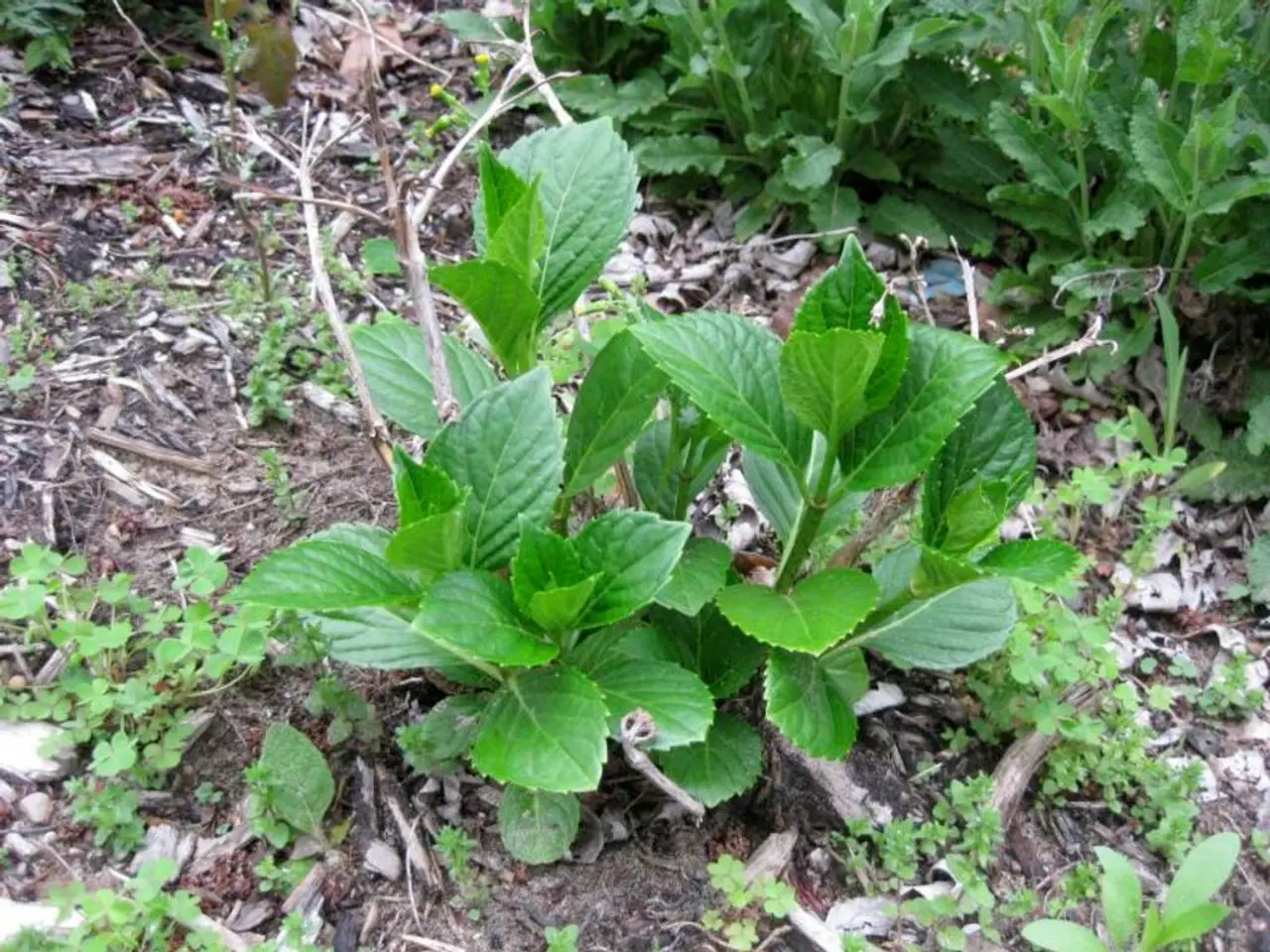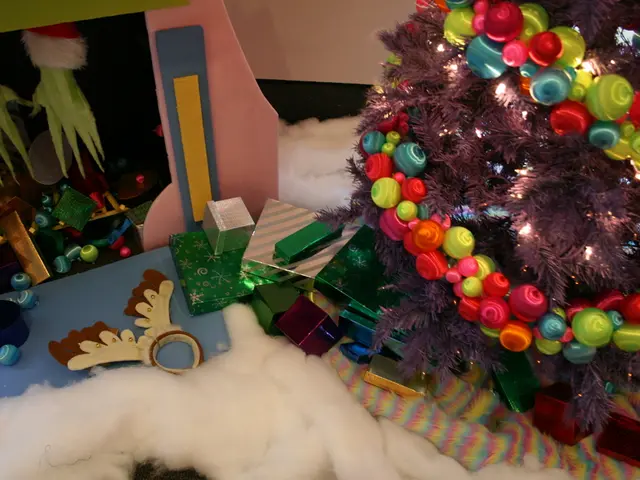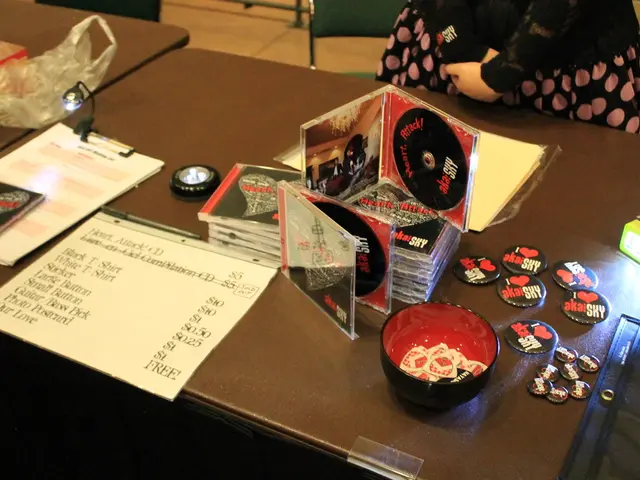Terraforming with Herbs: Is it Possible? or simply, Can a Herb Terrarium Succeed?
In the realm of indoor gardening, herb terrariums have gained popularity as a unique and practical way to grow fresh herbs at home. This article provides a comprehensive guide on how to create and maintain a successful herb terrarium.
When it comes to herb terrariums, understanding the specific environmental requirements of different herbs is crucial. For instance, Mediterranean herbs like oregano, sage, thyme, marjoram, and rosemary, as well as moisture-loving herbs such as basil, parsley, cilantro, and tarragon, have different needs regarding water, humidity, and sunlight.
Herbs can indeed be grown in a terrarium, but the choice of herbs and the type of terrarium play a significant role. For moisture-loving herbs, a closed terrarium is preferable, but it's essential to ensure good hours of direct sunlight, which a closed system may not provide. In such cases, placing the terrarium under a grow light or removing the lid when in direct sunlight is advisable.
On the other hand, mint-only terrariums, such as the Mint Open Terrarium, are ideal due to mint's competitive nature. An open terrarium is not technically a sealed ecosystem and requires watering.
When selecting herbs for your terrarium, opt for small, slow-growing, humidity-loving herbs. Tropical moisture-loving herbs like bacopa are excellent choices if you keep the soil constantly moist. Herbs like basil are good companions with many plants and can do well in container setups provided enough light and moisture are available.
To create a herb terrarium, you'll need a clean glass container, a light, organic potting mix with good drainage and nutrients, and a terrarium suited for herbs—preferably open or with ventilation to prevent excess humidity that can cause rotting.
Maintaining your herb terrarium involves watering frequently, trimming herbs regularly, observing for pests, using organic fertilizers, and positioning plants for aesthetic balance and space efficiency.
By following these guidelines, you can ensure a thriving herb terrarium that combines the beauty and practicality of fresh homegrown herbs. Regular light, moisture, good soil, and suitable plant choices are critical for success.
Remember, some herbs are toxic to pets, so it's essential to research before growing them in an open terrarium if you have pets at home. Also, avoid succulents and cacti because terrariums’ moist air can cause them to rot.
In conclusion, with a bit of careful planning and consistent care, growing a herb terrarium can be a rewarding and enjoyable experience, providing you with a constant supply of fresh herbs for your culinary adventures.
In the realm of home-and-garden, creating a herb terrarium can be an engaging pursuit for those interested in the food-and-drink lifestyle, as it offers the opportunity for fresh, homegrown herbs. As you plan and maintain your herb terrarium, consider the unique needs of different herbs, such as water, humidity, and sunlight requirements, to ensure a thriving, aesthetically pleasing garden (lifestyle). Additionally, selecting the appropriate type of terrarium for your chosen herbs, be it open or closed, and understanding the characteristics of each herb, like slow-growing or competitive plants, will contribute to the success of your garden (fashion-and-beauty).








